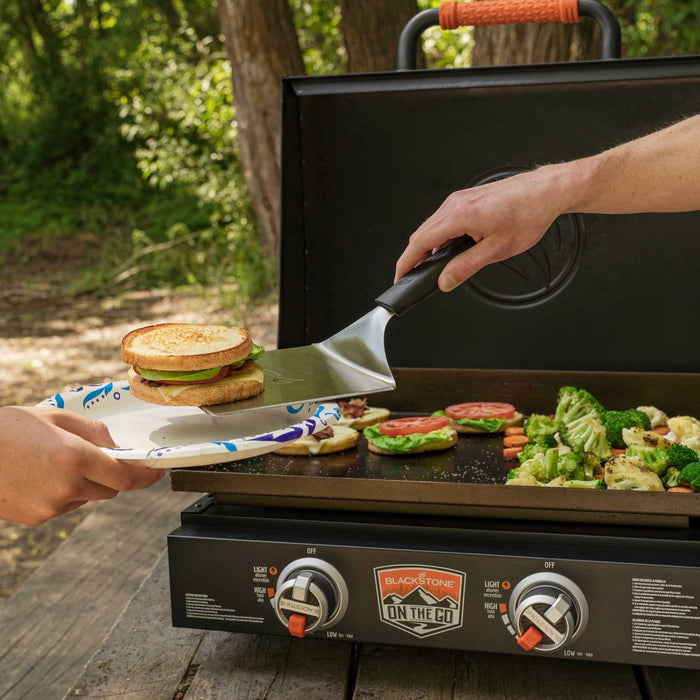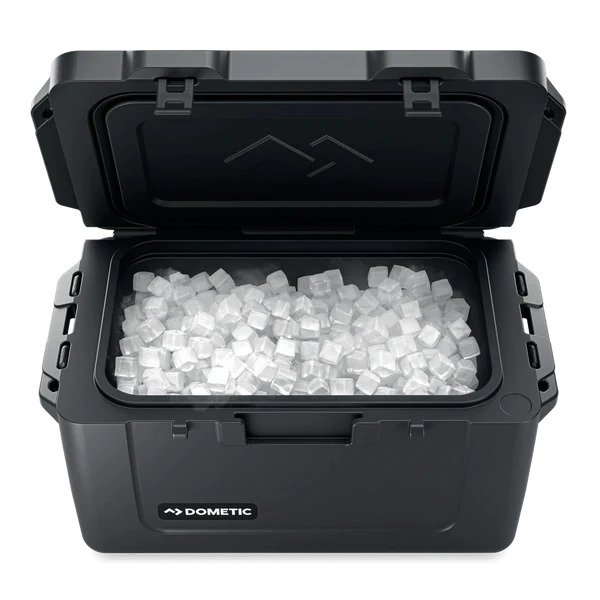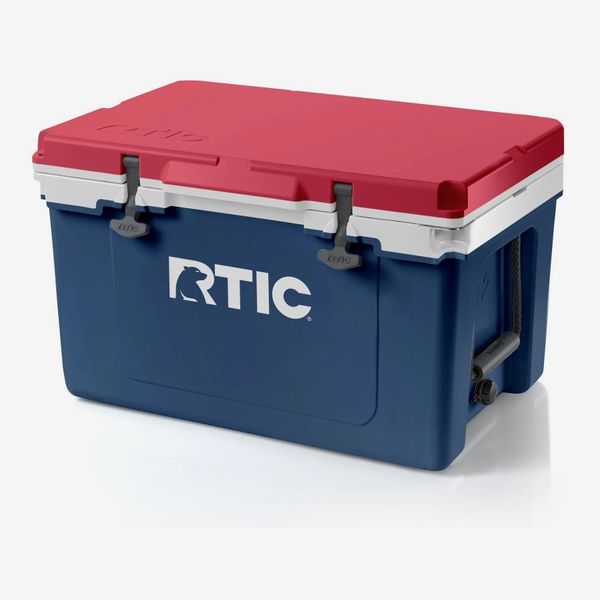Introduction:
Camping is one of the most popular outdoor activities, offering a peaceful escape from the hustle and bustle of everyday life. While the camping experience is often associated with roasting marshmallows and enjoying the beauty of nature, meal planning can sometimes be a challenge. That’s where make-ahead camping meals come in handy. These convenient and delicious meals can be prepared in advance, allowing you to spend more time enjoying the great outdoors. In this guide, we will explore the benefits of make-ahead camping meals and provide you with a variety of recipes to try on your next outdoor adventure.
Part 1: Benefits of Make Ahead Camping Meals
Level 1: Time-Saving
One of the most significant benefits of make-ahead camping meals is the time-saving aspect. By preparing your meals in advance, you can spend less time cooking and more time exploring and enjoying your surroundings. This is especially helpful if you have limited access to cooking facilities or if you don’t want to spend a lot of time cooking while on your camping trip.
Level 2: Convenience
Make-ahead camping meals offer convenience, allowing you to have ready-to-eat or easily-prepared dishes on hand. This means you can avoid the stress of preparing meals from scratch while camping and instead focus on relaxing and having a good time.
Part 2: Breakfast Make Ahead Camping Meals
Level 1: Overnight Oats
Overnight oats are a convenient and delicious make-ahead camping meal for breakfast. Simply mix rolled oats, milk or yogurt, and your favorite toppings such as fruits, nuts, or honey in a jar or container, then refrigerate overnight. In the morning, your breakfast is ready to enjoy without any cooking required.
Level 2: Breakfast Burritos
Prepare breakfast burritos at home and wrap them in foil for easy reheating over a campfire or on a portable stove. Fill tortillas with scrambled eggs, cheese, cooked bacon or sausage, and any additional toppings you prefer. These burritos are a filling and satisfying breakfast option for your camping trip.
Part 3: Lunch Make Ahead Camping Meals
Level 1: Mason Jar Salads
Mason jar salads are a convenient and portable option for make-ahead camping meals. Layer your favorite salad ingredients in a jar, starting with the dressing at the bottom and ending with the greens at the top. When you’re ready to eat, simply shake the jar to mix the ingredients, and enjoy a fresh and healthy lunch.
Level 2: Sandwiches and Wraps
Prepare sandwiches and wraps at home and pack them in a cooler for an easy and satisfying lunch option while camping. Choose fillings that travel well, such as deli meats, cheese, hummus, vegetables, and spreads. Wrapping them in foil or plastic wrap will help keep them fresh until you’re ready to eat.
Part 4: Dinner Make Ahead Camping Meals
Level 1: Foil Packet Meals
Foil packet meals are a popular choice for make-ahead camping dinners. Simply prepare your ingredients, such as meat, vegetables, and seasonings, and wrap them in foil packets. These can be cooked over a campfire or on a portable grill, and they require minimal cleanup afterwards.
Level 2: One-Pot Meals
Prepare one-pot meals at home and transfer them to a cooler for easy reheating at the campsite. Options such as chili, soup, or pasta dishes can be made in advance and reheated on a camping stove for a hearty and flavorful dinner.
Part 5: Snacks and Desserts
Level 1: Trail Mix and Granola Bars
Trail mix and granola bars are convenient and portable snacks to have on hand while camping. You can prepare these at home using a variety of nuts, seeds, dried fruits, and sweeteners, and pack them in individual bags for easy snacking on the go.
Level 2: Campfire Treats
End your camping day with a sweet treat by preparing make-ahead campfire desserts. Options such as s’mores, campfire cones, or banana boats can be assembled at home and wrapped in foil for easy reheating over the campfire for a delicious and satisfying dessert.
Part 6: Vegetarian Make Ahead Camping Meals
For those who prefer a vegetarian diet, there are plenty of make ahead camping meals that cater to this preference. One popular option is grilled vegetable skewers, which can be prepped at home and easily cooked over the campfire. Another idea is a hearty quinoa salad with roasted vegetables. It can be stored in a portable container and enjoyed as a filling meal. For breakfast, overnight oats with a variety of toppings can be prepared in advance and stored in individual jars for easy grab-and-go meals. With a bit of planning and preparation, vegetarian campers can enjoy delicious and nutritious meals while enjoying the great outdoors.
Part 7: Make Ahead Camping Meals for Kids
When camping with children, it’s important to have meals that are both kid-friendly and easy to prepare in advance. One idea is to make homemade trail mix with a variety of nuts, seeds, and dried fruits, which can be portioned out into individual bags for easy snacking. For lunch or dinner, pre-made pizza pockets made with tortillas, cheese, and pepperoni can be assembled ahead of time and cooked over the campfire. For breakfast, mini frittatas made in a muffin tin can be prepared at home and stored in a cooler for a quick and easy morning meal. By planning ahead and involving kids in the meal prep process. Camping can be an enjoyable experience for the whole family.
Part 8: Make Ahead Camping Desserts
No camping trip is complete without a sweet treat to end the day. Luckily, there are a variety of make ahead camping desserts that are both delicious and easy to prepare. One popular option is campfire cones, with marshmallows, chocolate, and other favorite toppings, then in foil and over the fire for a gooey, indulgent treat. Another idea is to prepare individual fruit crisps in foil packets. It can over the campfire for a warm and comforting dessert. For a lighter option, pre-made fruit salad cups are at home and in a cooler for a refreshing and healthy sweet treat. With a bit of creativity and advance planning, camping desserts can be enjoyable as the main meals.
Part 9: Delicious Make-Ahead Camping Meals
As we continue to explore delicious make-ahead camping meals, let’s take a look at some easy and tasty breakfast options that will fuel you up for a day of outdoor adventures. One of the best make-ahead breakfasts for camping is overnight oats. Simply mix oats, milk (or a dairy-free alternative), chia seeds, and your favorite flavors like cinnamon, honey, or fruit in a mason jar or resealable container. Let it sit in your cooler overnight, and it will be ready to eat in the morning. You can also add nuts, seeds, and yogurt for extra flavor and nutrition.
Another convenient breakfast option is a make-ahead breakfast burrito. Prepare a batch of scrambled eggs, cooked bacon or sausage, and cheese, and then wrap them in tortillas. You can also add sautéed veggies like bell peppers, onions, and spinach for added flavor. Wrap the burritos in foil and refrigerate or freeze them. Until you’re ready to heat them over the campfire or on a camping stove.
For a lighter breakfast alternative, consider making a batch of homemade granola bars or energy bites. Use a mix of oats, nuts, seeds, dried fruit, and a sweet binder like honey or nut butter to create a satisfying and portable breakfast option.
Conclusion:
Make-ahead camping meals are a game-changer for outdoor enthusiasts. Offering convenience, time-saving, and delicious options for breakfast, lunch, dinner, and snacks. By planning and preparing your meals in advance. You can spend more time enjoying nature and less time worrying about cooking. With a variety of recipes and options to choose from, make-ahead camping meals are sure to enhance your next outdoor adventure.









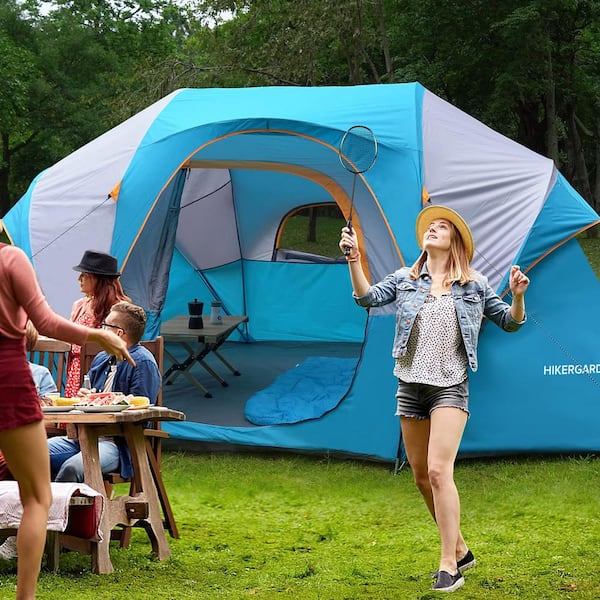

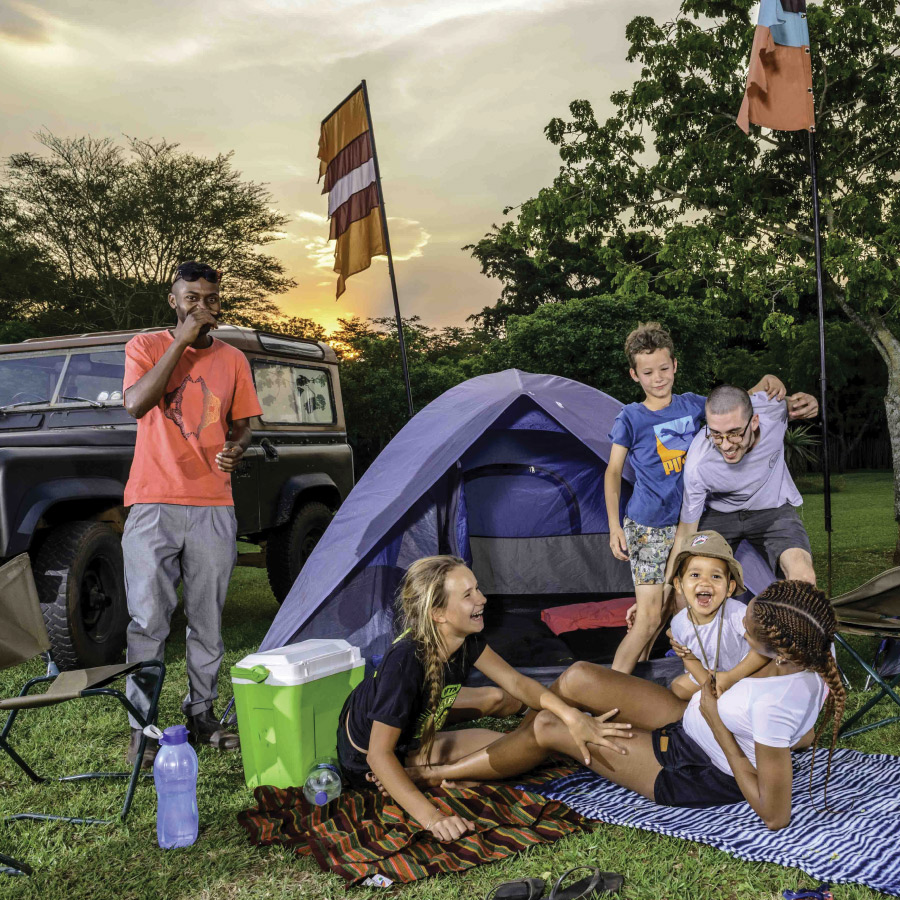



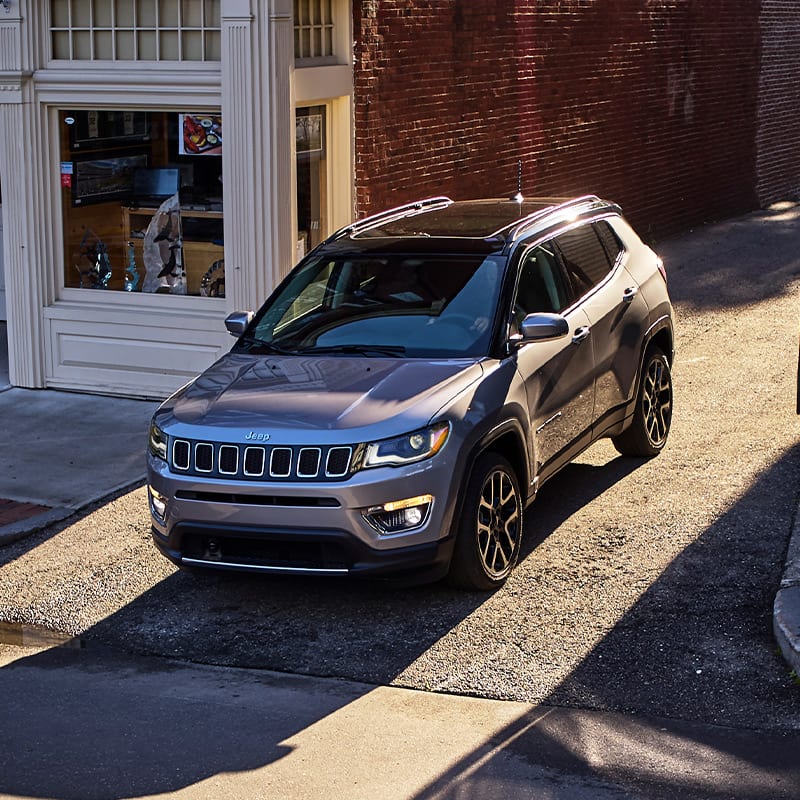







![The 12 Best Camping Stoves [2024] | Take The Truck](https://images.squarespace-cdn.com/content/v1/5bbd67d490f9042649da280e/1721dd60-271f-40af-9c62-cb9ebfba6713/best-camping-stoves.jpg)



